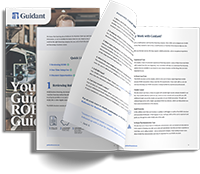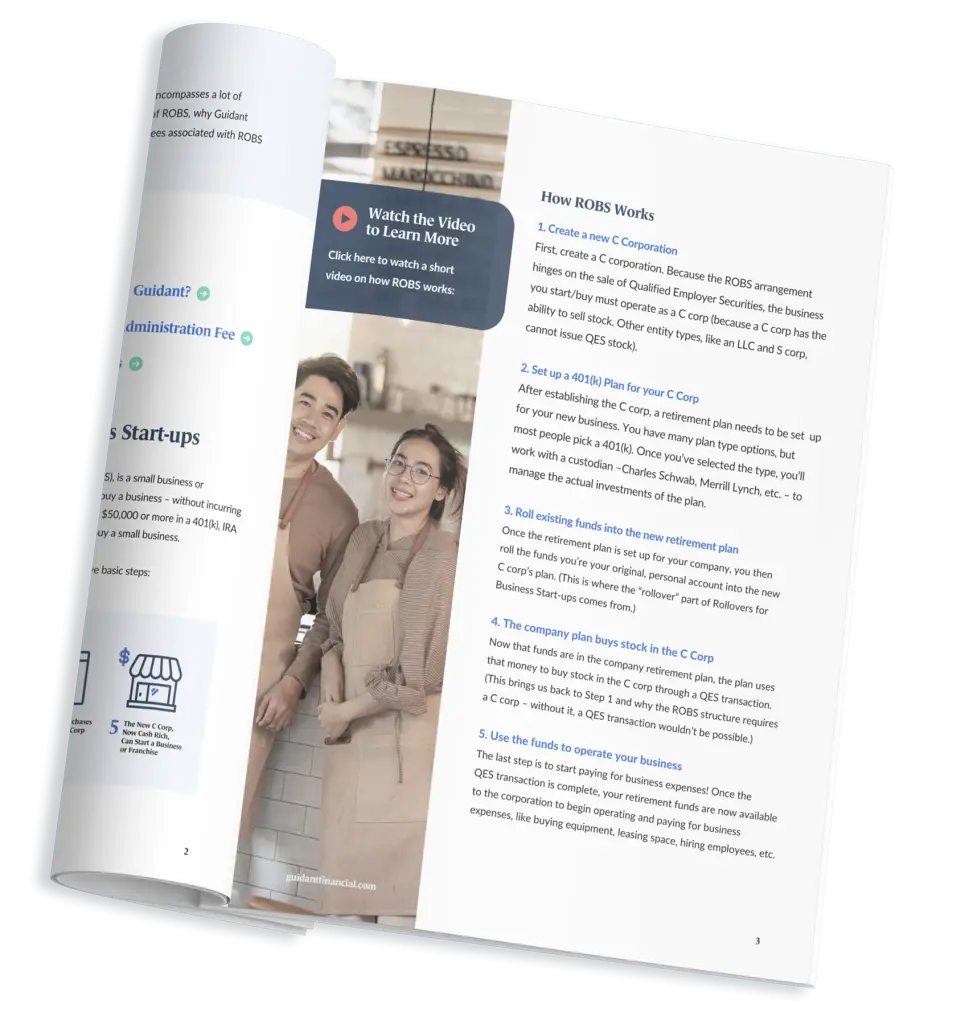Written by Mike Rozman, Co-president and Chief Strategy Officer, BoeFly
Similar to consumer credit scores, small businesses also have credit scores. In a like manner, a small business credit score furnishes lenders with fast, objective measurements of credit risks, and the Small Business Scoring Service (SBSS) has made significant improvements to the business financial scoring process.
Using the SBSS accelerates the funding process by allowing lenders to make transparent, objective decisions quickly. For that reason, hundreds of American lending institutions currently use the SBSS score to assess the risk of potential borrowers. In fact, the U.S. Small Business Administration (SBA) requires it for its primary pre-screening of every small business 7(a) loan application under $350,000. Other non-SBA lenders use it as well for loan applications up to $1 million.
Lenders reduce substantial risk and add stronger predictive protection by considering a small business credit score as an essential element of the application packet. Along with prudent underwriting practices such as evaluating capability, quality and collateral, lenders who incorporate the small business credit score into their decision making process can more efficiently and effectively fund small businesses. Faster determination leads to faster funding, something necessitated by the critical nature of small business financing cash flow requirements.
Furthermore, small business credit scores lend a fairness component to the overall process by encouraging lenders to eliminate prejudices from their estimation and assessment of risk. Because scoring formulas do not acknowledge age, ethnicity, nationality, gender or any additionally prohibited biases in ratings calculations, small business credit scores provide an objective look at credit risk. Additionally, the scores grant small investment borrowers with enhanced transparency into underwriting rules.
Because so many lenders are now using small business credit scores in making their funding decisions, it’s important for borrowers to know their score before applying for a loan. SBSS scores are even available to potential borrowers who are not yet in business.
A Closer Look at SBSS
There are some similarities and differences between the SBSS score and the FICO consumer credit score. Both try to give an objective measure of risk, and both work so that a higher score presents less risk than a lower score. In contrast, both scores are on different scales. The highest SBSS score is a 300, whereas the FICO score maxes at 850. These maximum scores are incredibly rare, so don’t worry if you don’t hit that mark. A good SBSS score is the high 100s to 200s, whereas the FICO score is high 600s to low 800s.
Like nearly all credit scores, the exact formula for the SBSS is a closely kept secret of its maker, FICO. And although we don’t know the formula, our experience in using SBSS and other scoring models allows us to make some informed guesses about key drivers. Here are a few:
- Responsible use of credit. It should be no surprise to learn that past loan defaults (personal and business) will have a negative impact on your score, whereas responsible use and paying your bills on time is seen as positive.
- Time in the bureau. The length of your personal credit history has an impact on your business score. If you’ve never been in the credit bureau (a past borrower), the model will likely assume you’re riskier than if you’ve had a lengthy history.
- Business bureau information. Unlike the consumer credit score, the SBSS takes into consideration a borrower’s business bureau data. But don’t worry, if you’re unknown to the business bureaus, an SBSS score can still be generated.
By creating a faster, fairer, more accurate and consistent loan process, the SBSS scores provide numerous small companies access to the capital they need.
Mike Rozman is the Co-president and Chief Strategy Officer of Boefly. Boefly is the online marketplace harnessing technology to dramatically simplify the execution of commercial transactions, including all loan origination and sales. Their bQual service pulls a borrower’s SBSS score and their credit report for a minimal fee; however, through a joint initiative with BoeFly, Guidant can absorb this cost for its clients. Follow Boefly on Twitter and Facebook.
















